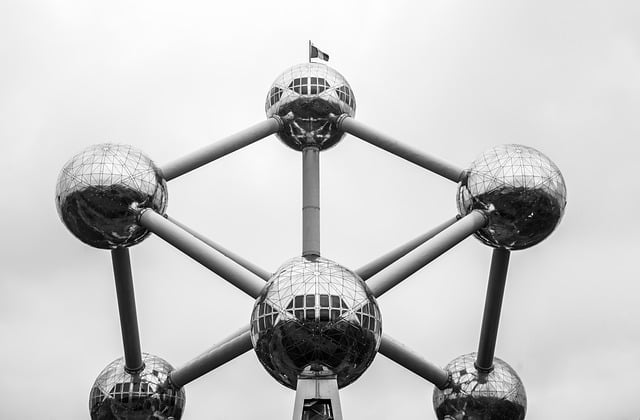
Structure of the Atom
Chapter Overview
This chapter explores the fundamental concepts related to the structure of an atom, including subatomic particles, atomic models, and the arrangement of electrons in atoms. It builds upon the basic understanding of matter and its composition, leading to a deeper insight into chemical behavior.
An atom is the smallest unit of matter that retains the properties of an element. It consists of a nucleus (protons and neutrons) surrounded by electrons.
Subatomic Particles
Atoms are composed of three primary subatomic particles:
- Protons - Positively charged particles found in the nucleus.
- Neutrons - Neutral particles found in the nucleus.
- Electrons - Negatively charged particles orbiting the nucleus.
The atomic number (Z) is the number of protons in an atom, which determines the element's identity.
Atomic Models
Several models have been proposed to explain the structure of the atom:
- Thomson's Model (Plum Pudding Model) - Suggested that atoms are spheres of positive charge with electrons embedded in them.
- Rutherford's Model - Proposed a dense nucleus with electrons orbiting around it, based on the gold foil experiment.
- Bohr's Model - Introduced the concept of fixed electron orbits (energy levels) around the nucleus.
Electron Distribution
Electrons are arranged in shells or energy levels around the nucleus. The distribution follows the formula 2n², where n is the shell number.
The valency of an element is determined by the number of electrons it can gain, lose, or share to achieve a stable electron configuration.
Isotopes and Isobars
Atoms of the same element with different mass numbers are called isotopes (e.g., Hydrogen-1, Hydrogen-2). Isobars are atoms of different elements with the same mass number (e.g., Calcium-40 and Argon-40).
